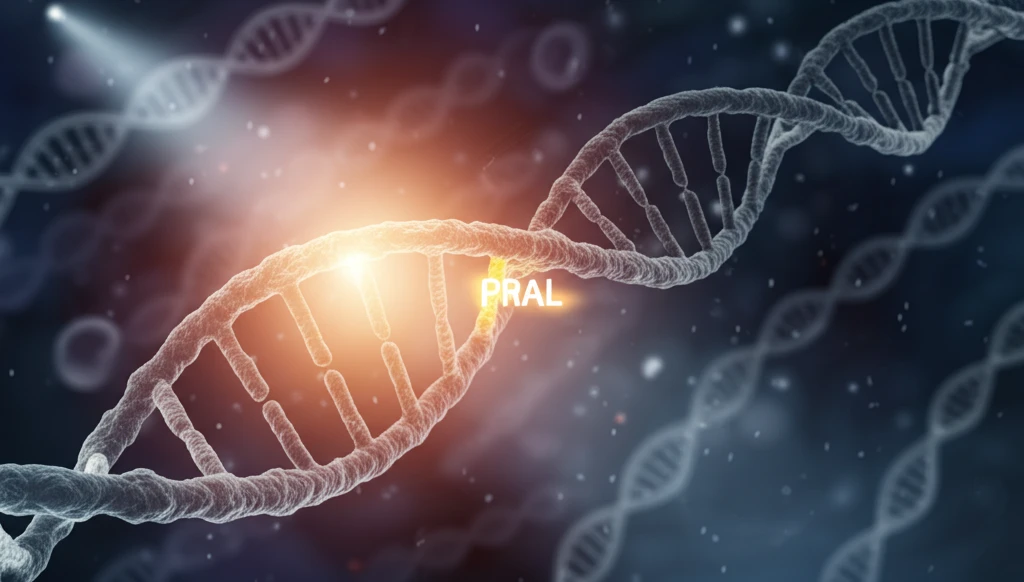
Decoding Liver Cancer: How a Tiny RNA Could Change Everything
"Scientists uncover the critical role of lncRNA-PRAL in hepatocellular carcinoma, offering new hope for diagnosis and treatment."
Hepatocellular carcinoma (HCC), a type of liver cancer, develops through a long and complex process marked by genetic and epigenetic changes. This complexity contributes to the disease's heterogeneity, making it difficult to treat. HCC is a leading cause of cancer-related deaths worldwide, underscoring the urgent need for more effective strategies.
Current treatments for HCC, such as liver transplantation, radiofrequency ablation, and sorafenib, offer some hope, but many patients aren't eligible due to late diagnosis. While sorafenib can improve survival, the benefits are often modest. This situation highlights the critical need for new molecular tools to better understand and manage HCC.
Scientists are actively exploring new approaches to stratify patients based on molecular and clinical characteristics, aiming to prevent relapse and improve survival rates. While significant progress has been made in understanding HCC, the molecular mechanisms that drive its development and progression remain incompletely understood, motivating further research into novel therapeutic targets.
The Power of Non-Coding RNAs: A New Frontier in Cancer Research

Changes in the number of copies of genes or entire chromosomes can significantly affect an organism's health. Cancer cells, for instance, often exhibit amplifications and deletions of genes that drive disease. Chromosome rearrangements are a common feature in most solid tumors. Cytogenetic studies have been instrumental in identifying tumor suppressor genes, such as Rb in retinoblastoma, and oncogenes, like c-myc in Burkitt's lymphoma.
- Copy number changes can dramatically impact an organism’s fitness.
- Chromosome rearrangements are a hallmark of solid tumors.
- SCNAs can be linked to transcriptional deregulation.
- Advanced sequencing techniques help characterize SCNAs.
The Future of HCC Treatment: Targeting lncRNA-PRAL
The findings from this research offer a promising path forward in the fight against liver cancer. By focusing on lncRNA-PRAL, scientists may develop new strategies for early detection and more effective therapies, ultimately improving outcomes for patients with HCC. The discovery and validation of IncRNA-PRAL as a critical regulator paves the way for innovative approaches to tackle this challenging disease.
